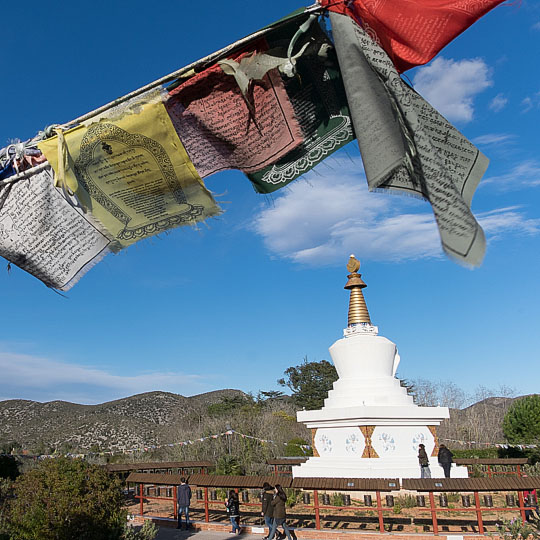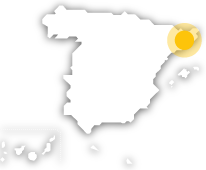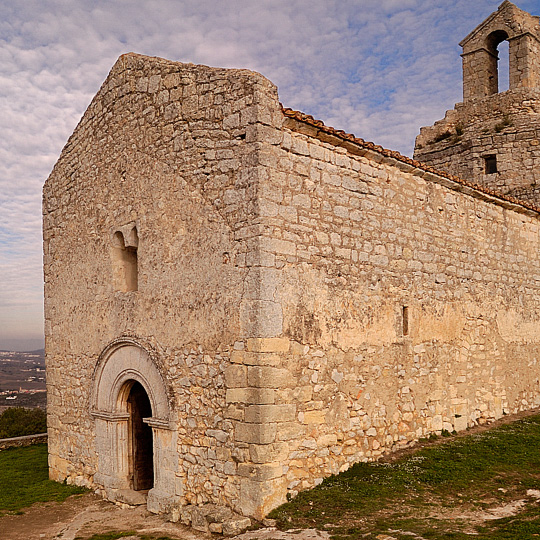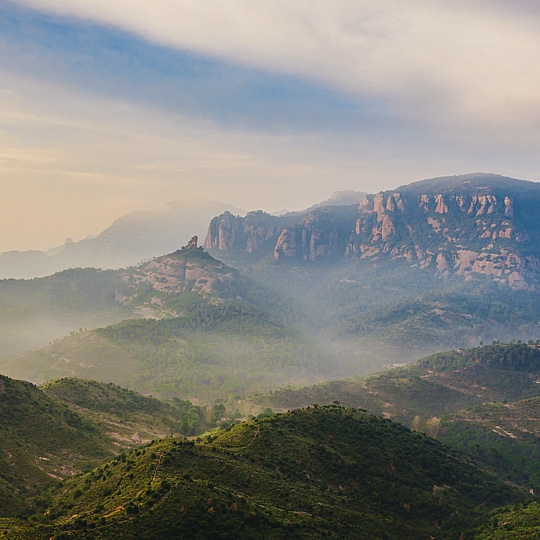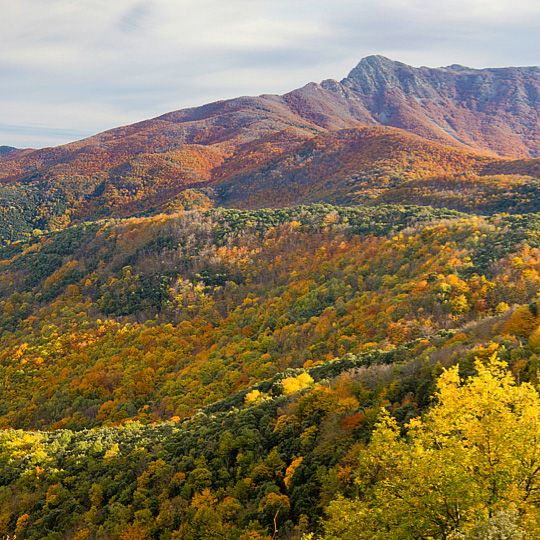El Garraf, Olèrdola and El Foix natural parks
These three natural areas south of Barcelona are very interesting due to the contrasting landscapes that you can see. Garraf natural park is the most arid, and is characterised by its grapevines, fan palms (miniature palm trees) and Bonelli's eagles. You'll also find the fascinating Palau Novella there, an old casa de indianos which is now a beautiful Buddhist monastery. There are lots of original routes crossing this park, such as the Vallgrassa (Begues) art trail, the Pleta (Sitges) botanical trail or the Can Grau (Olivella) sensory trail.
